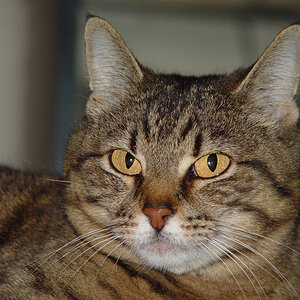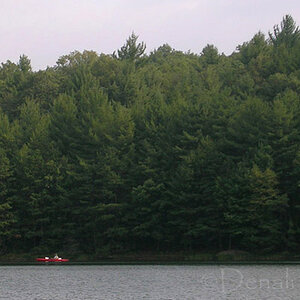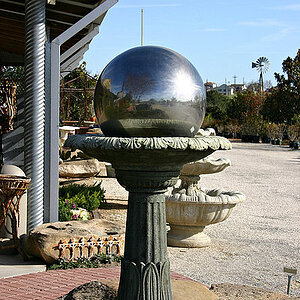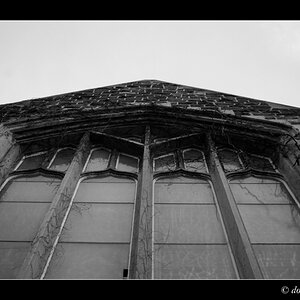itisgregory
TPF Noob!
- Joined
- Dec 31, 2009
- Messages
- 16
- Reaction score
- 0
I am a serious amateur photographic hobbyist that shoots mostly landscape, wildlife and urban scenes looking to buy all new equipment. I would greatly appreciate any and all suggestions and advice on what camera AND lenses to buy. I plan to show my photos on websites, photo albums and print no larger than 11x18. I have a $7,000 budget.
I have been using the Nikon D40x (no longer made) since 2006 and have exhausted ALL of its features. I have two inexpensive Nikon lenses that I do not have to keep. I have done extensive and thorough research on the Canon 5D Mark III, Nikon D4, Nikon D800 and Nikon D700 (no longer made but I dont care) so I am not looking for any reviews on these camera. I am not interested in video now but maybe later (?) and need a high FPS. I also shoot at night in low light conditions. My ideal, dream camera would be the Nikon D4, which my budget allows but leaves very little money for lenses. I am open to Nikon, Canon, Sigma and Tamron lenses. I need lots of advice on what lenses I should buy.
Here is my thinking. If I were a professional photographer I would not hesitate on the Nikon D4 because the business would pay for it. I also heard that a quality lens is more important than the camera buy a cheaper camera and put the money in the lens??
Thank you in advance for any and all helpful suggestions! If you have questions, please ask. It is greatly appreciated!
-Gregory
I have been using the Nikon D40x (no longer made) since 2006 and have exhausted ALL of its features. I have two inexpensive Nikon lenses that I do not have to keep. I have done extensive and thorough research on the Canon 5D Mark III, Nikon D4, Nikon D800 and Nikon D700 (no longer made but I dont care) so I am not looking for any reviews on these camera. I am not interested in video now but maybe later (?) and need a high FPS. I also shoot at night in low light conditions. My ideal, dream camera would be the Nikon D4, which my budget allows but leaves very little money for lenses. I am open to Nikon, Canon, Sigma and Tamron lenses. I need lots of advice on what lenses I should buy.
Here is my thinking. If I were a professional photographer I would not hesitate on the Nikon D4 because the business would pay for it. I also heard that a quality lens is more important than the camera buy a cheaper camera and put the money in the lens??
Thank you in advance for any and all helpful suggestions! If you have questions, please ask. It is greatly appreciated!
-Gregory







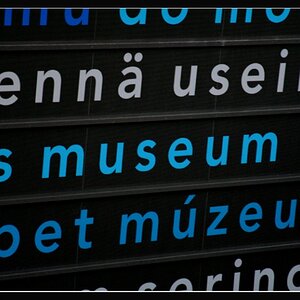
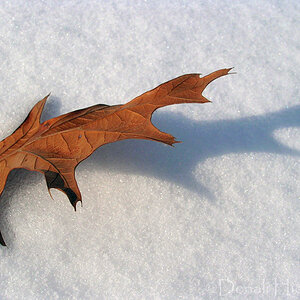
![[No title]](/data/xfmg/thumbnail/39/39499-b11b4321c0f029e3a5523ccab621b71c.jpg?1619739057)
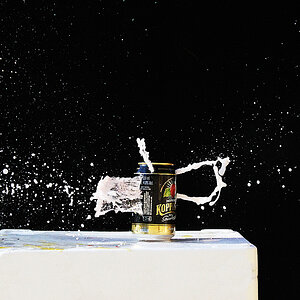
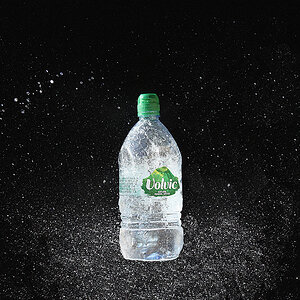
![[No title]](/data/xfmg/thumbnail/42/42057-1509913128bb1db2bc11235c05832fd4.jpg?1619739993)
